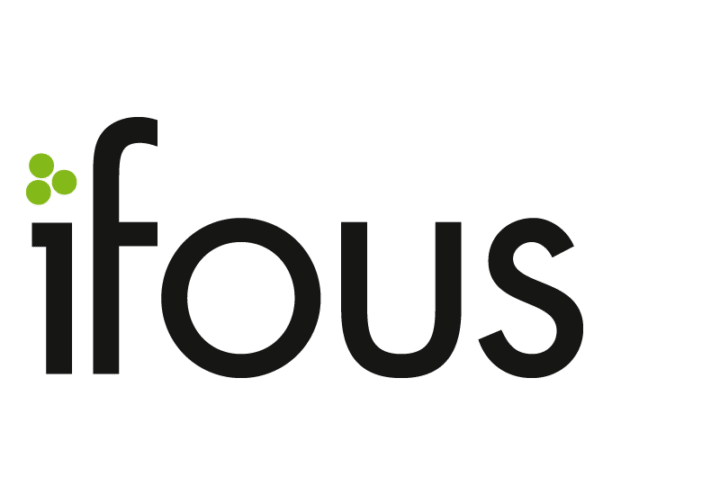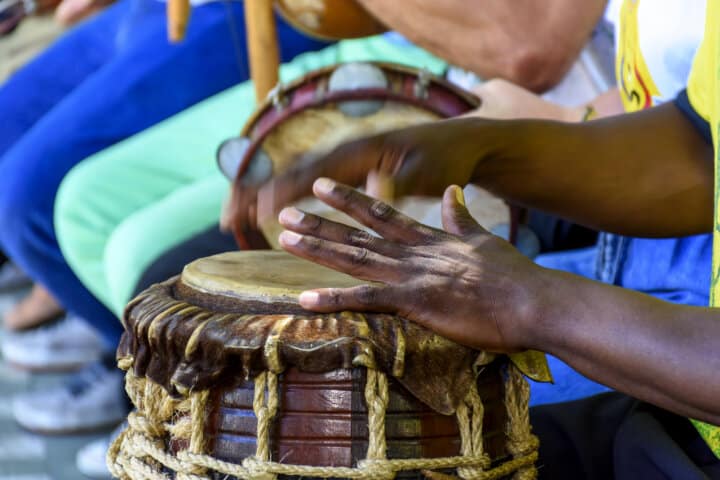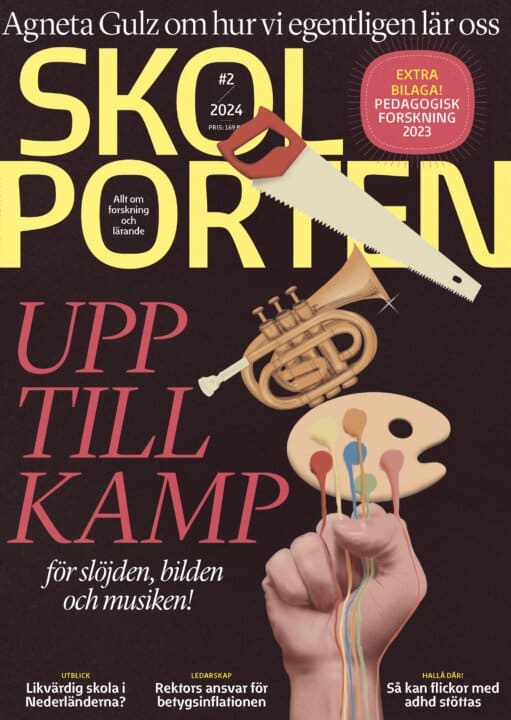Viljan till fysisk aktivitet: En intervention avsedd att stimulera ungdomar att bli fysiskt aktiva.
Det övergripande syftet med Jenny Isbergs avhandling, Viljan till fysisk aktivitet, var att undersöka möjligheterna att motivera ungdomar, 12-16 år gamla, att träna fysisk aktivitet och förhoppningsvis att stimulera dem att fortsätta att vara fysiskt aktiv i ung vuxen ålder.
Jenny Isberg
Professor Håkan Stattin,
Professor Lauri Laakso, University of Jyväskylä
ÖU – Örebro universitet
2009-11-06
Viljan till fysisk aktivitet: En intervention avsedd att stimulera ungdomar att bli fysiskt aktiva.
Institutionen för idrott och hälsa
Abstract in English
Physical education (PE) at school may play an important role in the process of becoming physically active in the adolescence and in developing a physically active lifestyle. The opportunities for teachers to provide positive physical activity experiences to the student population extend regularly over the school terms. For some students, PE can be the only opportunity they have to be physically active. Therefore it is important that the students become motivated to practice physical activity and know the purpose with physical activity. The overall purpose of this dissertation was to investigate the possibilities to motivate youth, 12-16 years old, to practice physical activity and hopefully to stimulate them to continue to be physically active in young adulthood. The sample consisted of 122 Swedish compulsory school students (12-16 years old), 51 girls and 71 boys, who were either physically inactive, physically active but not formal members of sport clubs, or physically active and members of a sport club. They used a self-monitoring instrument to describe their physical activity and we compared their self-reported physical activity with their actual VO2 capacity and physical status. The self-monitoring instrument was further validated against an activity monitor, RT3. The intervention lasted one and a half years, and four to five years later a follow-up study was done. Using a quasi-experimental design, the three groups of participants were compared with youths who did not use the selfmonitoring instrument. The main findings were that the associations between the accelerometer counts and the activities the students recorded in the self-monitoring instrument were high. The participants in Group 1 (physically inactive) continued exercising nearly to the same extent as during the intervention while youths in a matched control group did not develop regular physical activity habits. Concerning Group 2 (exercisers), participants in the intervention group were more physically active both during the intervention and at follow-up, compared with a matched control group of exercisers who did not use the self-monitoring instrument. In Group 3 (sport team members), there was no difference between the intervention group and a matched control group after the intervention or at follow-up.The conclusion of these main findings was that when someone motivates students to continue being physically active and to change their physical activity patterns in a positive direction, the self-monitoring instrument can be a door-opener for youths who are physically inactive or regularly active outside sports clubs.
Relaterade länkar

Skolbibliotek
 Åk F–Vux
Åk F–Vux Folk- och världsmusik
 Åk 4–9
Åk 4–9 




